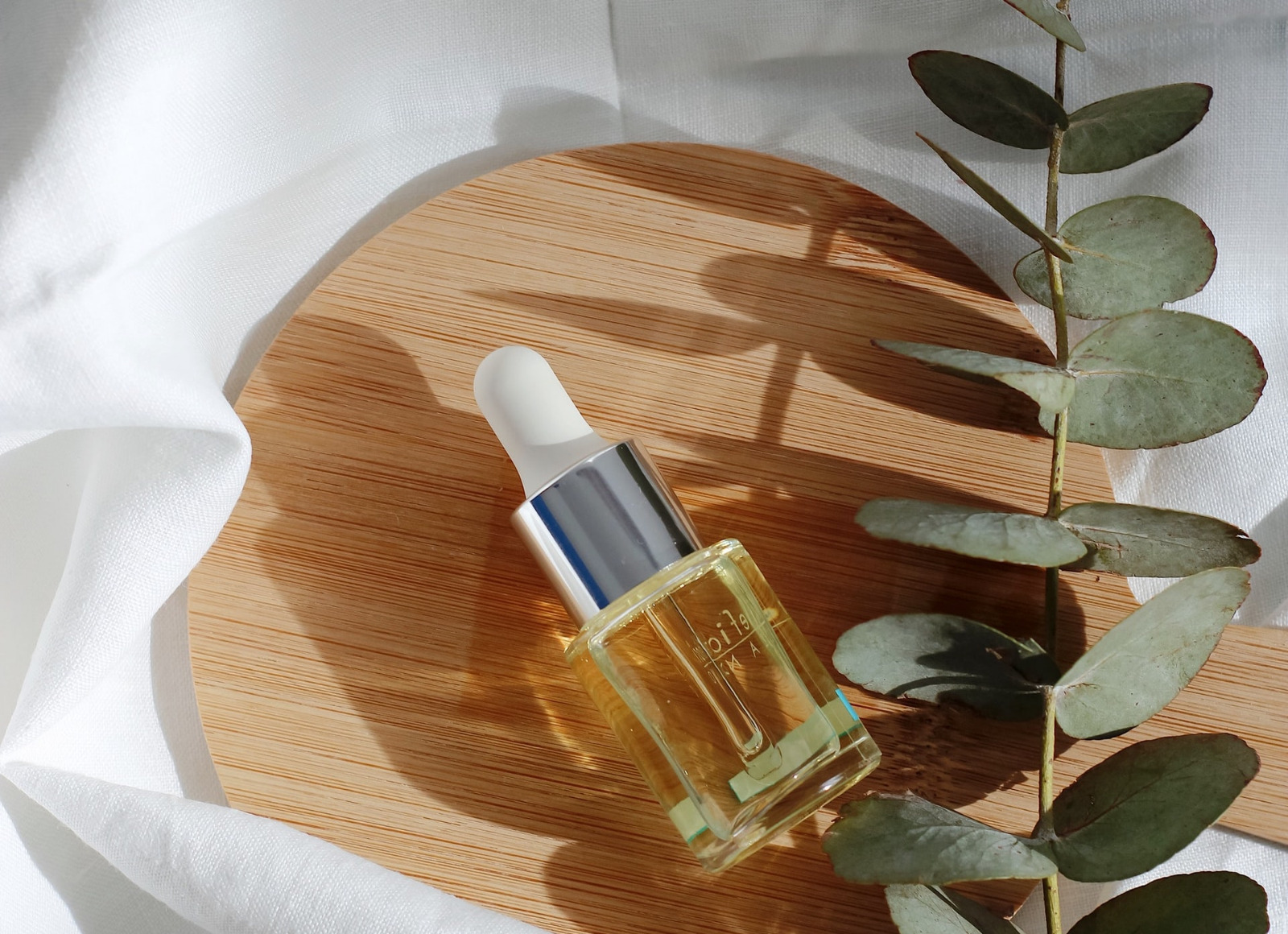At the beginning of March, 2023, the EU Commission notified the World Trade Organisation (WTO) of the draft text for the 21st Adaptation to Technical Progress (ATP) to the EU Classification, Labelling and Packaging (CLP) Regulation.
The draft ATP amends Annex VI of the EU CLP Regulation, including new Carcinogenic, Mutagenic and Reprotoxic (CMR) classifications relating to the following cosmetic ingredients used in nail cosmetic products:
- Dimethyltolylamine, carcinogenic 1B – no current Annex entry in the EU Cosmetics Regulation
- Trimethylbenzoyl diphenylphosphine oxide, reprotoxic 1B – currently listed in Annex III entry 311 of the EU Cosmetics Regulation
These ingredients were not defended by industry and will therefore be included in Annex II (prohibited substances) of the EU Cosmetics Regulation 1223/2009 via the 7th CMR Omnibus Regulation.
The making available (off-shelf) deadline for products containing these substances will be 18 months after publication of the 21st ATP to CLP on the Official Journal of the European Union.
It is important to note that this new regulation will not automatically be included within the Great Britain CLP Regulation. So currently, the announced bans will apply only in the European Union.
References:








